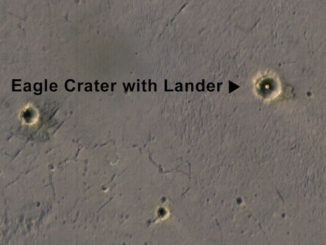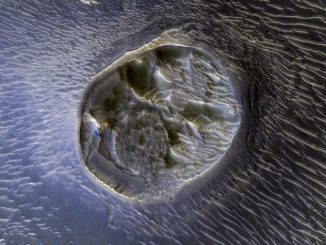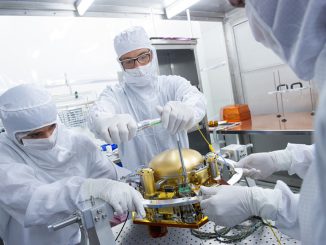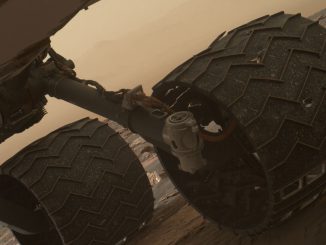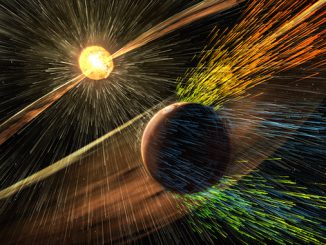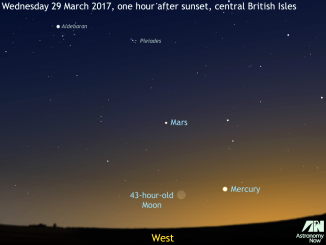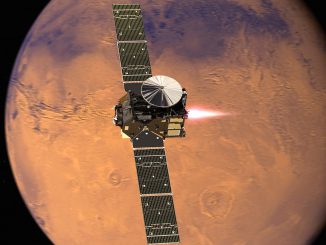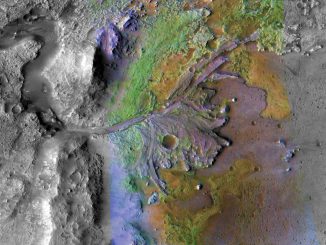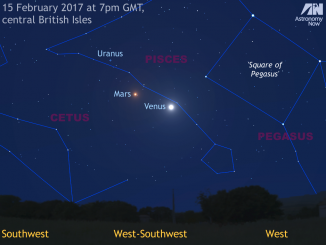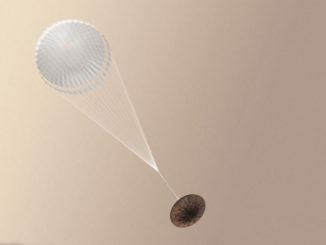
Probe into crash of ESA lander recommends more checks on ExoMars descent craft
Investigators who studied the crash of the European Space Agency’s Schiaparelli lander on Mars last year have recommended more stringent testing and computer modeling before the launch of a joint European-Russian landing craft in 2020 to avoid a repeat of the mistakes that doomed the probe’s descent through the Martian atmosphere.

